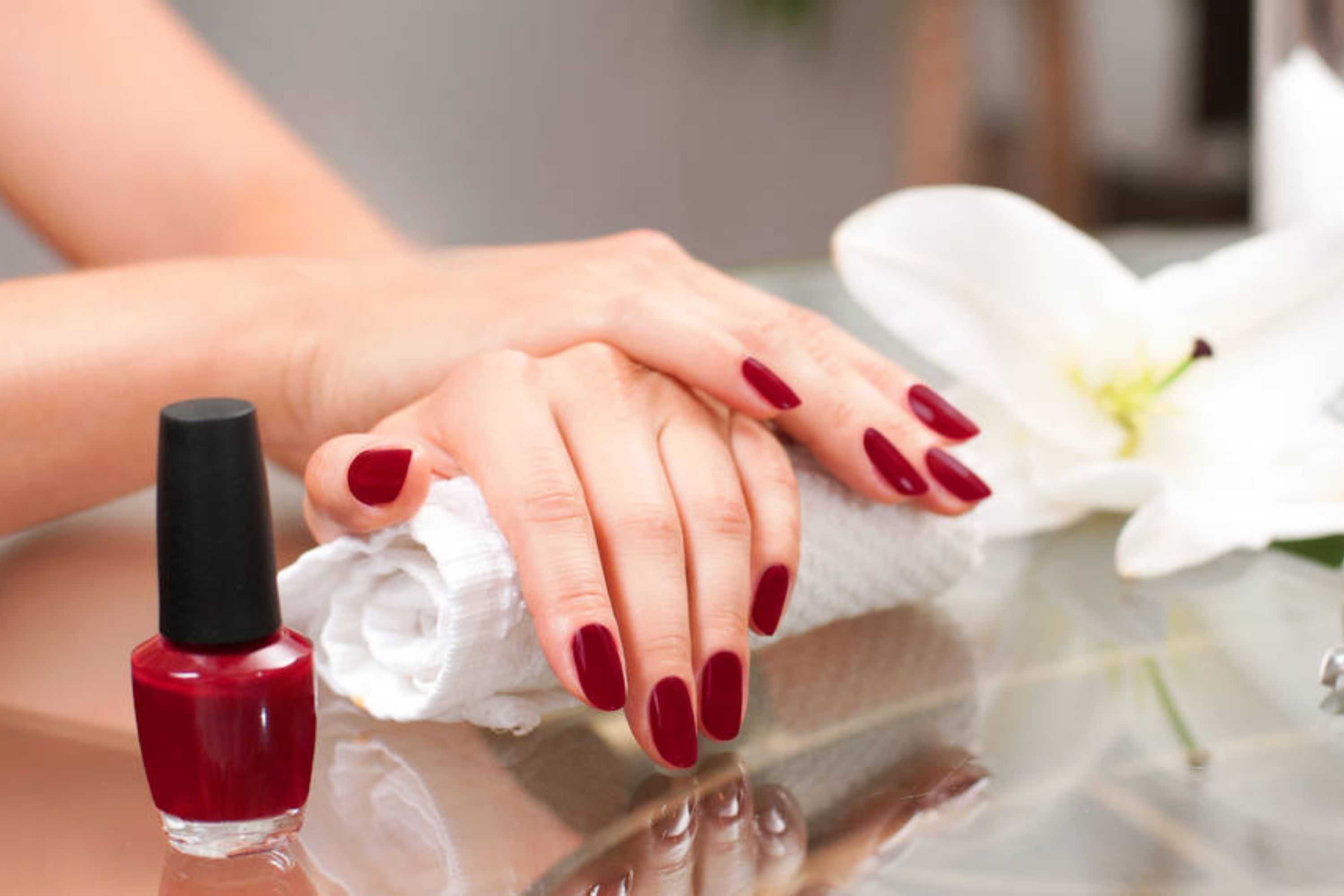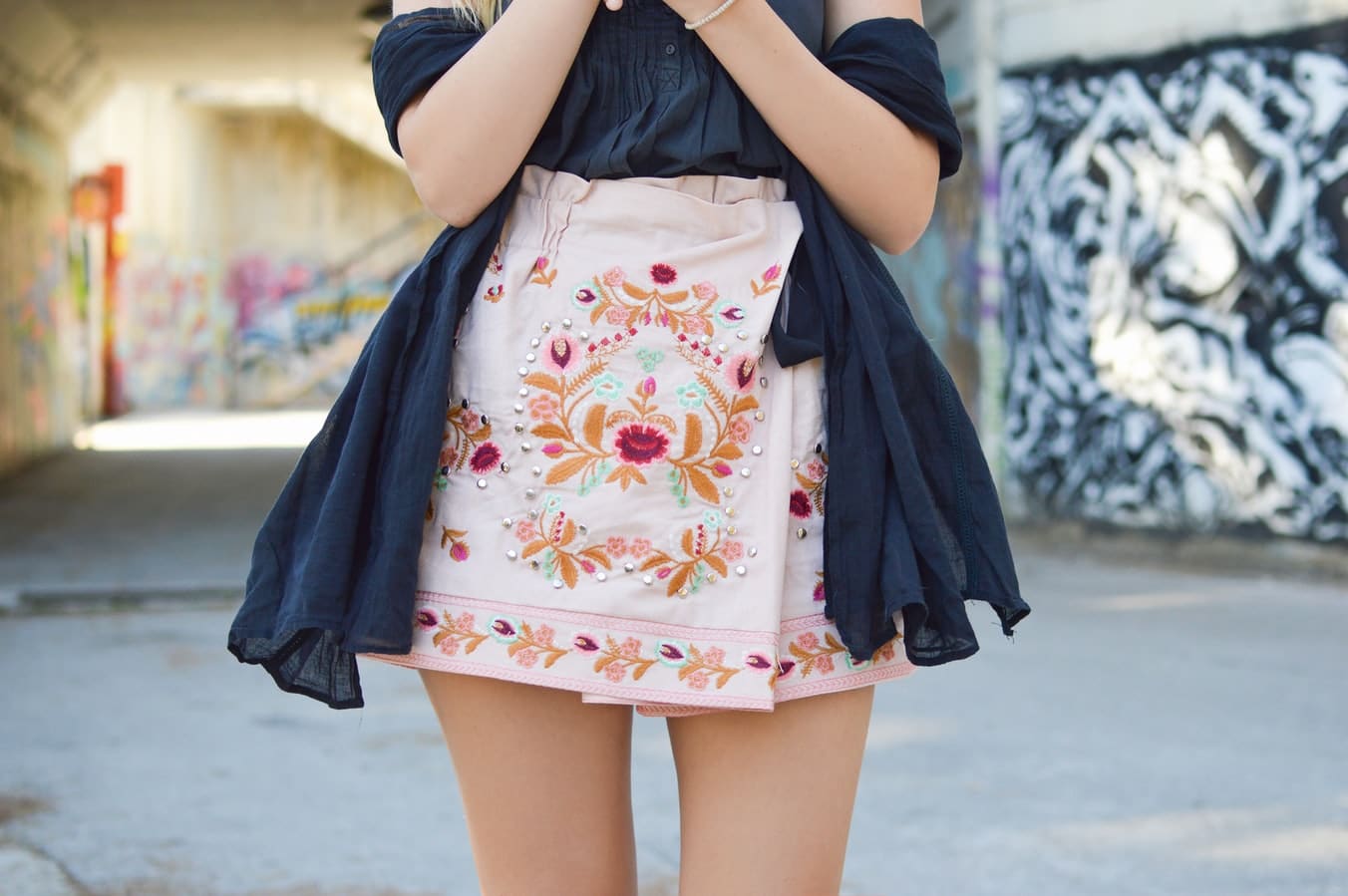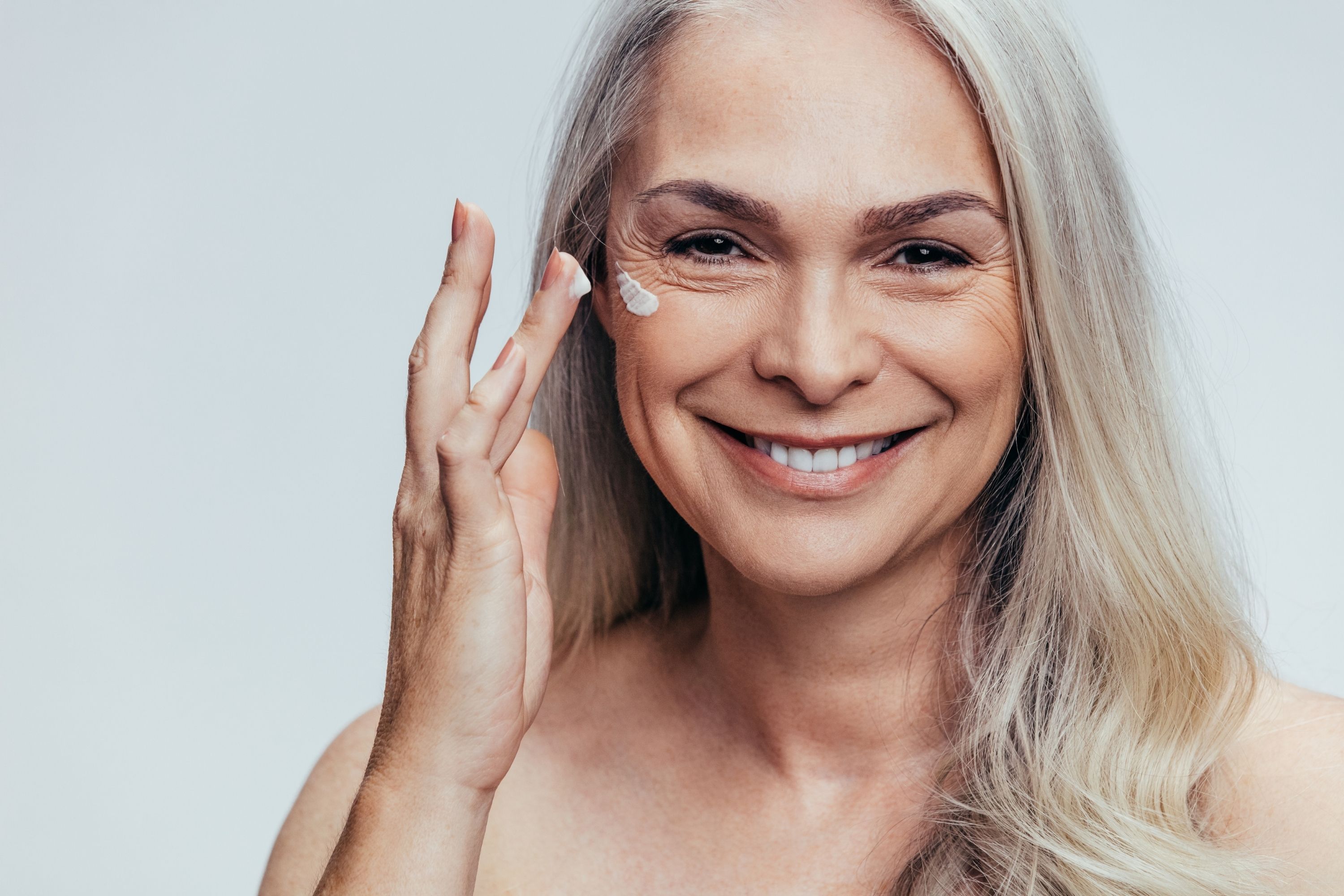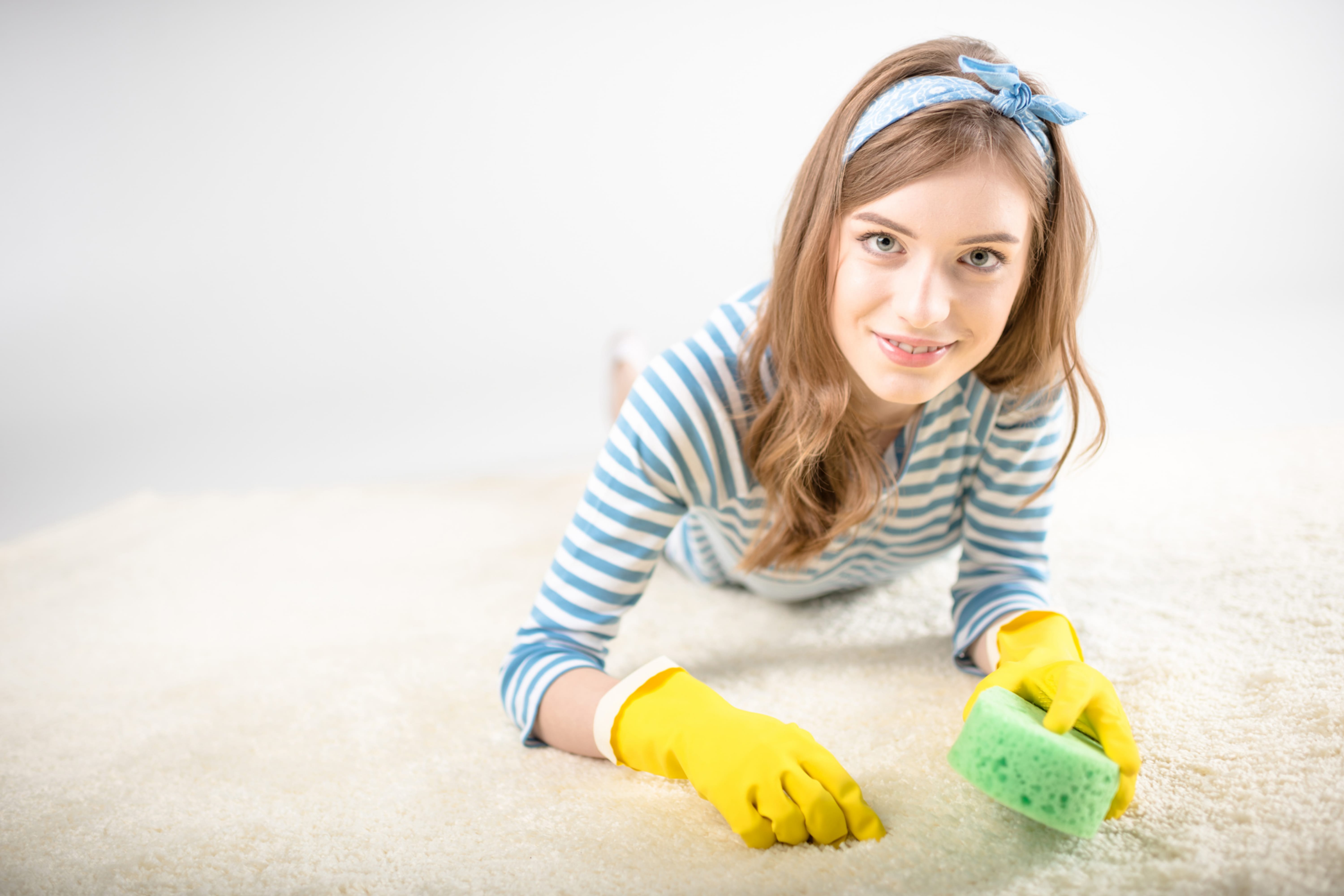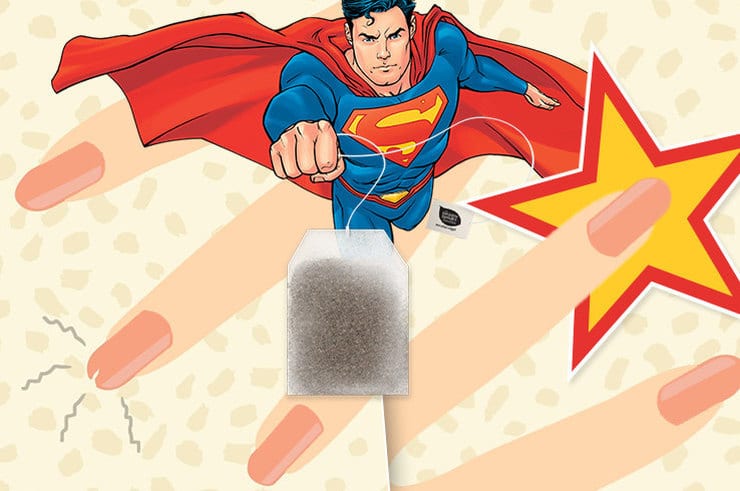Manicure and pedicure are undoubtedly some of the women’s most loved self-pampering activities. Imagine yourself relaxing at the nail salon while your hands and feet are taken care of by your nail technician. Isn’t it ideal?
However, as you make it a regular thing to visit nails salons once in a while, you also need to be mindful of the hazards you might encounter.
Though your nails are just a tiny part of your totality, it still plays an important role. Without them, scratching or picking up tiny bits of items like a dog’s hair will undeniably be a hassle.
Not just that, but they also protect the tips of your fingers and toes. Therefore, you want to make sure it’s under excellent condition.
Whether you’re a manicure and pedicure fanatic or a nail salon worker, here are four major hazards that you need to be mindful of to protect yourself from the stress and hassle of acquiring such consequences:
1. Risk Of Infection
The usual procedures done during manicure and pedicure are nail clipping, cuticle cutting, and nail filing. Undoubtedly, these trio are inevitable! Keep in mind that these can be rough procedures and might potentially cut your skin and get skin lesions.
When that happens, these are the two infections that one would possibly get if left unnoticed:
- Nail Fold Infection
This is also referred to as paronychia, where a type of bacteria called Staphylococcus aureus invaded the skin fold at the proximal end of the nail. This type of infection usually happens due to the constant moisture exposure and overly cutting back of the cuticles.
- Follicular Infection
Folliculitis is another common type of infection that you can get from nail salons. It’s caused by a bacteria species called nontuberculous mycobacteria, usually found in water. This type of infection is generally associated with pedicure footbaths.
When you have a skin wound and bacteria enter your bloodstream through it, the hair follicles will be infected, causing it to be inflamed. It looks like tiny white-headed pimples or small red bumps. As tiny as it may look, it’s painful on the flip side.
To keep yourself away from this, never go to a nail salon and have a foot bath right after shaving or if you have open wounds.
It’s also advantageous to pick a nail salon with employees who’ve undergone bloodborne pathogens training.
This way, you’ll ensure that they know what they’re doing.
And if ever they accidentally cut you, they know what exactly to do to secure that you won’t get infections.
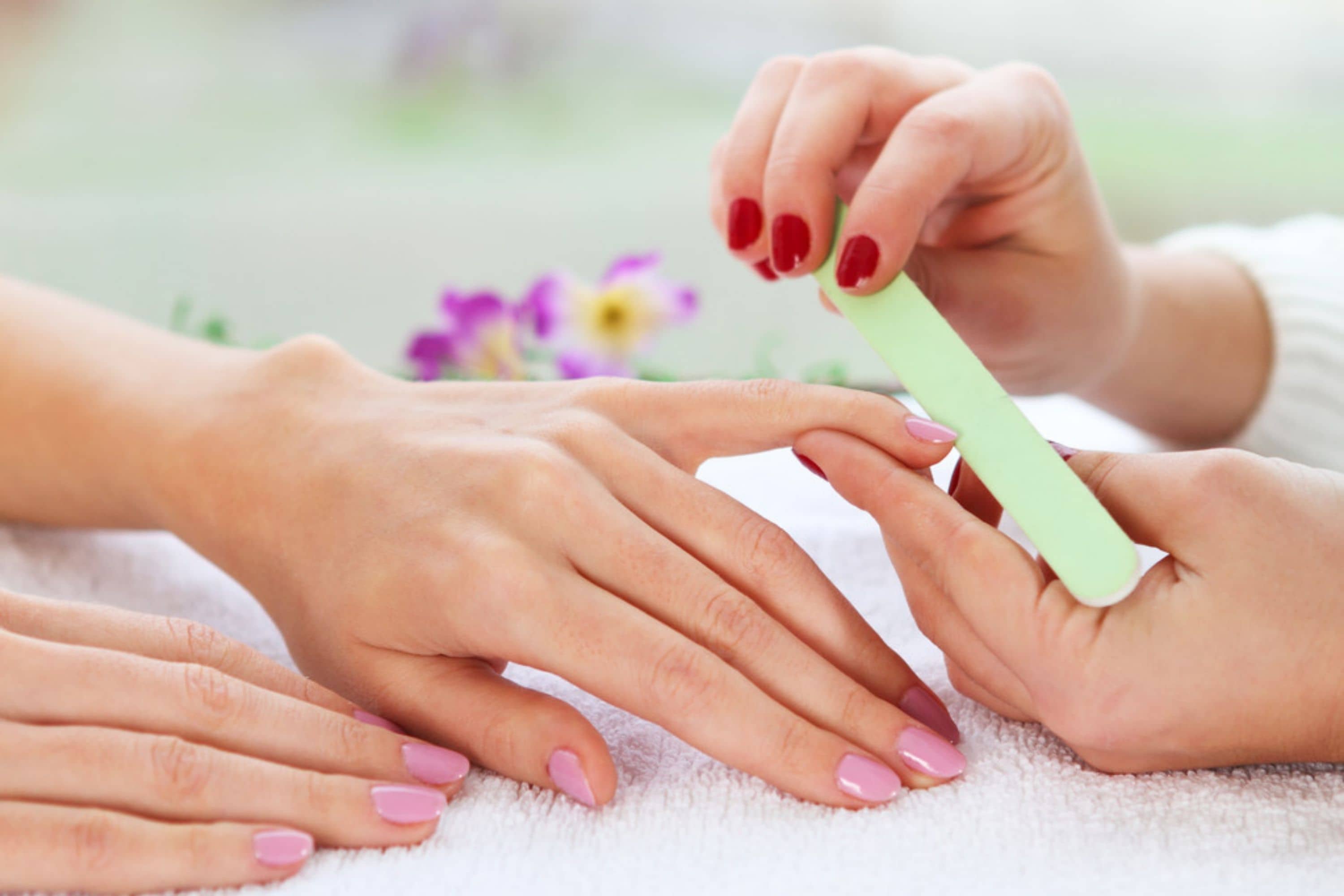
2. Skin Diseases
Being the closest to your nail, your skin is undoubtedly one of the most susceptible parts to damage and most likely get affected by some consequences, which are:
- Contact Dermatitis
Nails salon products like acrylic nails, nail glue, nail polish, acetone, and others can cause issues for those exposed to it. That includes not just the employees but the customers as well.
Contact dermatitis is an allergic reaction that’s manifested through a rash caused by exposure to the allergen.
This might not happen to everyone, but you should pay attention, especially when you have sensitive skin or allergy issues.
Therefore, it’d be best to be aware of the specific products that your favorite nail salon is using. Informing your nail technician about your allergy issues would also be helpful.
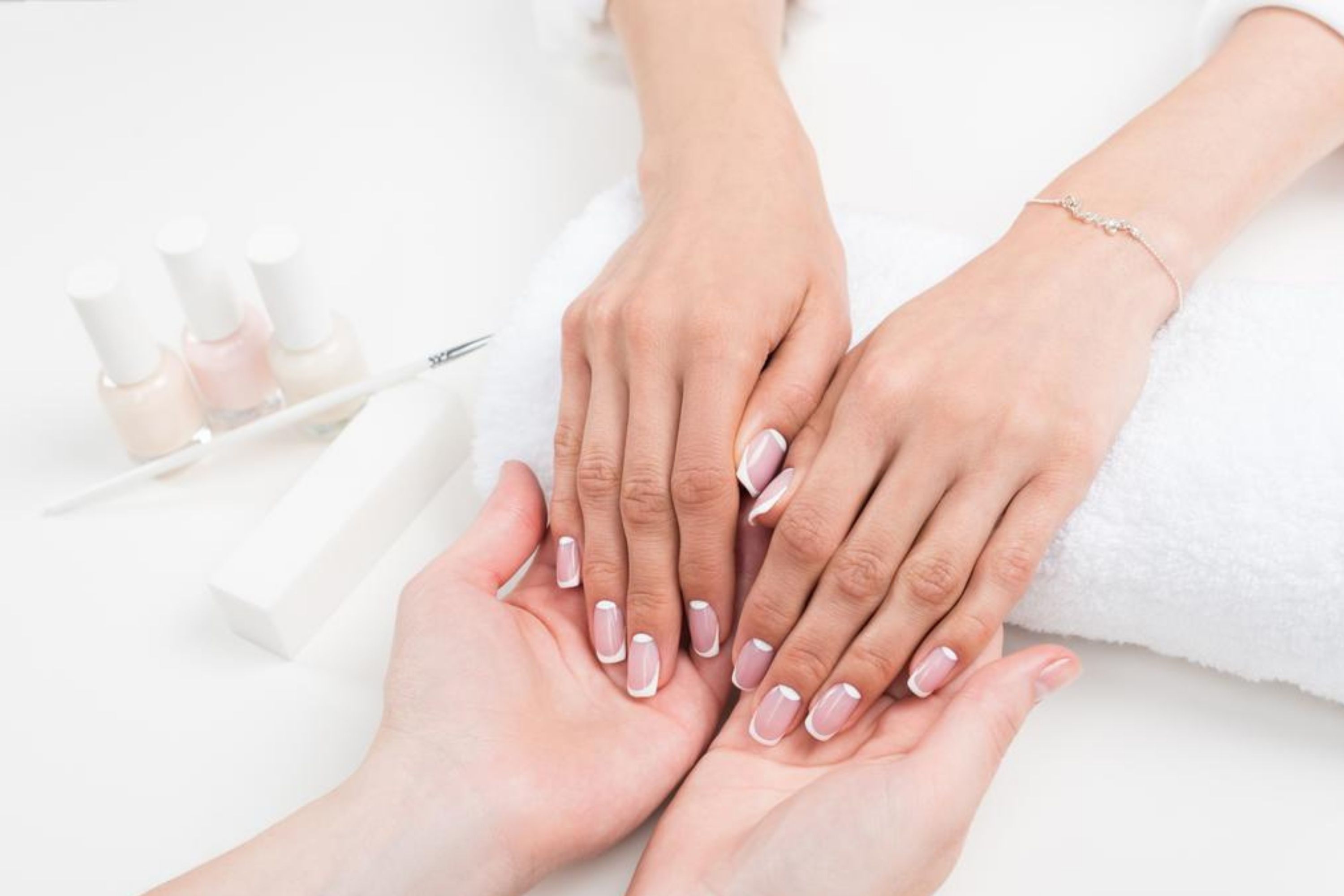
- Warts
Another skin condition that you can acquire from nail salons is plantar warts. This type of infection can be transmitted through object or surface contamination and can be contracted through cuts in the skin.
That’s why you have to be careful in choosing which salon to go to. Make sure that all tools are well-sterilized to avoid passing on bacteria and infecting your skin.
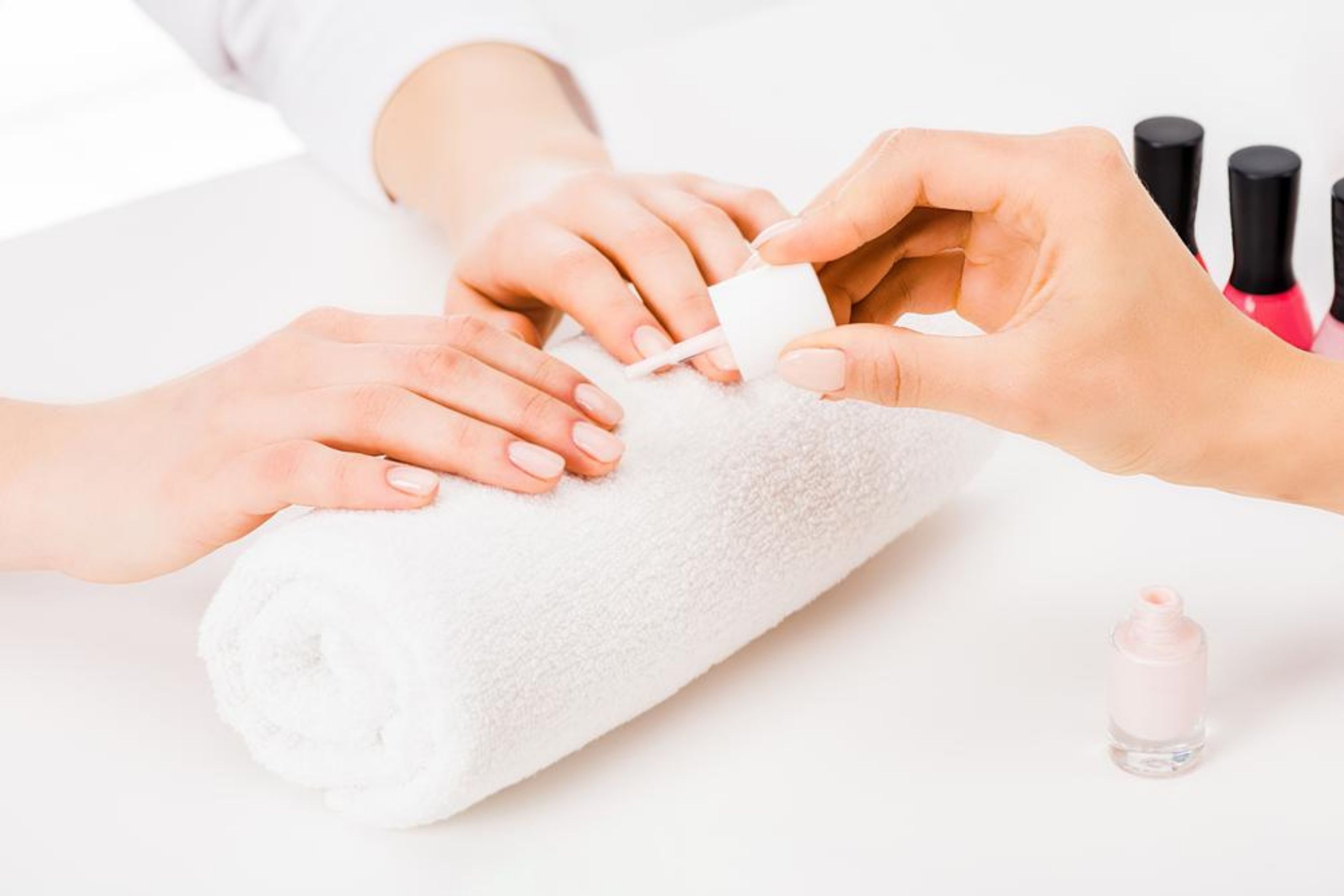
- Cancer/Aging
Have you tried drying your nails under a table-top size unit called an ultraviolet (UV) machine? Well, this may sound more convenient as it dries the nail faster and cures the gel nail polish. However, the consequences can be severe.
According to the United States Food and Drug Administration, constant exposure to UV radiation can cause skin damage, wrinkling, age spots, and worse—skin cancer.
3. Chemical Hazards
Keep in mind that nail polish, primer, nail glue, and polish remover are just some of the hazardous chemicals in a nail salon. You might think that this is just a petty issue, but if you dig deeper, this calls for special attention.
- Inhalation
Chemicals stated above can cause irritation, headaches, sickness, dizziness, and occupational asthma. Filing nails also create dust that can be hazardous when inhaled.
- Ingestion
When you accidentally ingest one of those harmful chemicals, this can cause throat irritation and illness.
- Direct Contact To Skin And Eyes
There are instances where these chemicals could cause rashes or occupational eczema, irritation, and dermatitis.
These risks may affect both the staff and customers and risk their health and safety. Some of these are minor issues like irritations and headaches, which are manageable with the help of oral medicines.
However, some could be irreversible and debilitating like occupational asthma or exacerbate existing health issues like eczema.
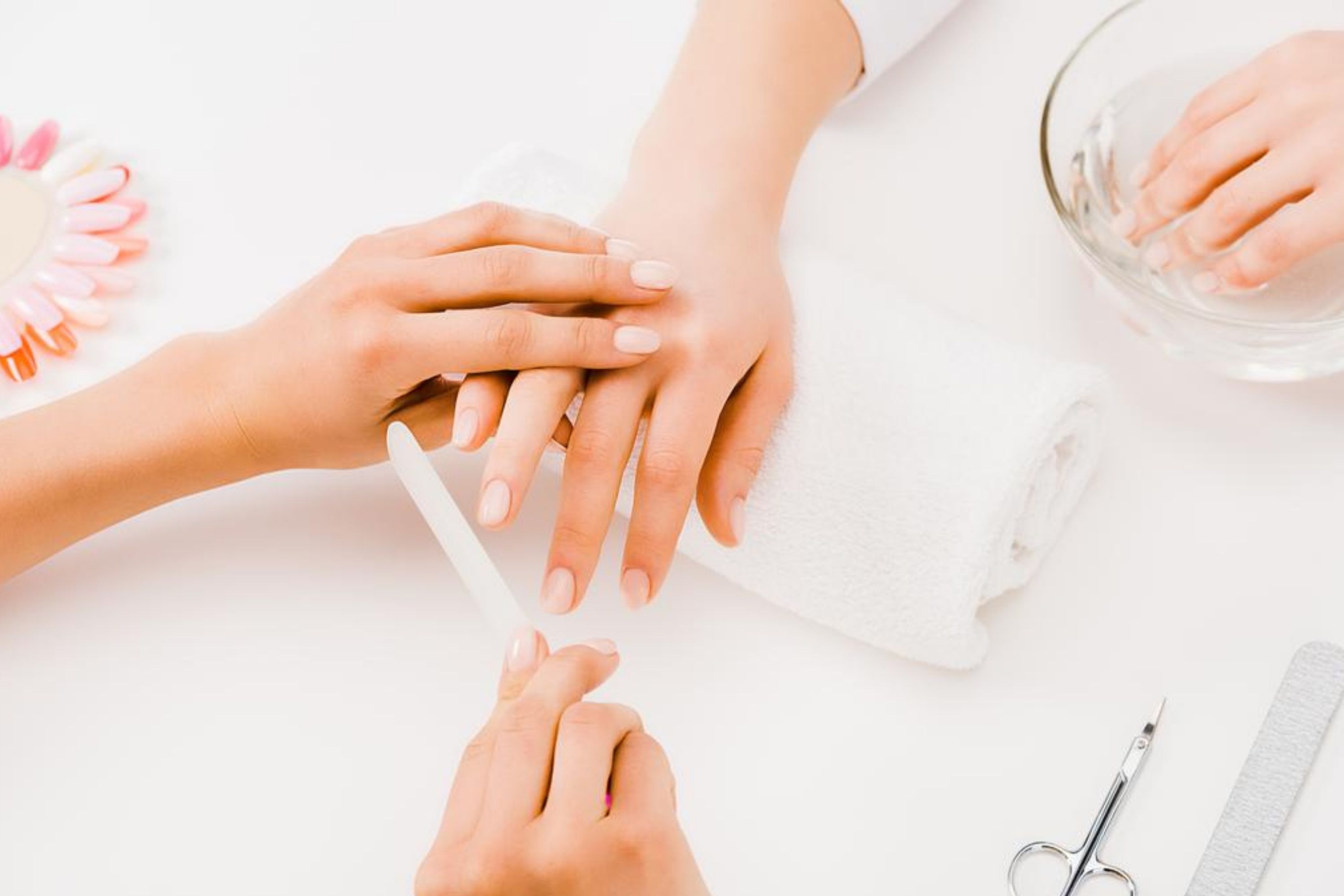
4. Ergonomic Risks
The nail salon workers usually face ergonomic problems due to poor posture while carrying out the job.
As they lean over and rest their arms on their work desk, this could strain their back and give harmful pressure on the arms’ contact points.
When this is left unnoticed, this could lead to sore muscles, bad joints, and chronic musculoskeletal disorders.
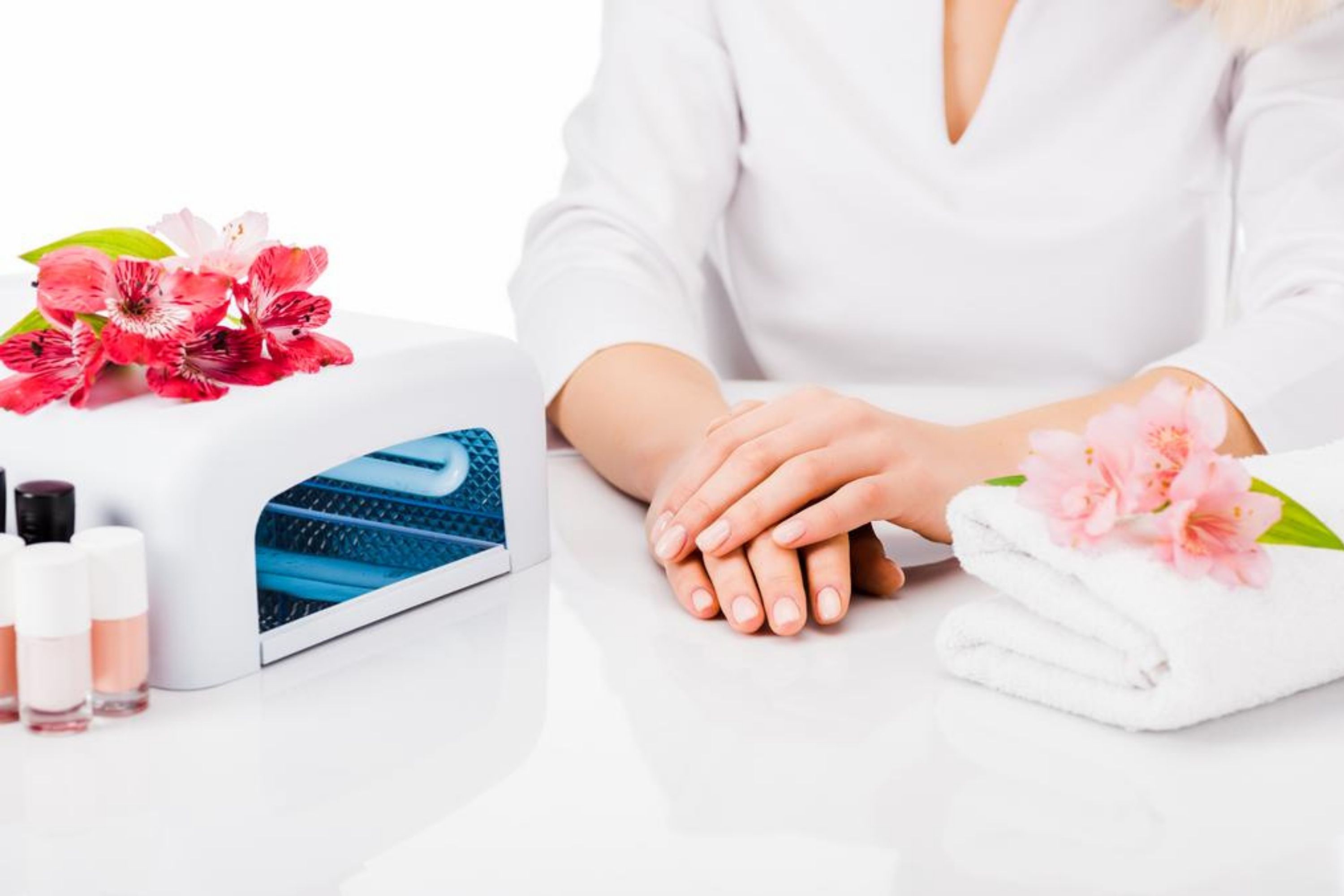
Conclusion
As much as you want to pamper yourself as part of self-rejuvenation techniques, you should also be mindful of the possible threats you might encounter while in the nail salon.
Always prioritize good hygienic practices as you pick a nail salon to care for your nails.
As mentioned above, infections and skin damages are often caused by poor sterilization of tools used. It’s also best that the nail workers are well-trained and they know the necessary actions to take during unwanted scenarios like wounding your skin.
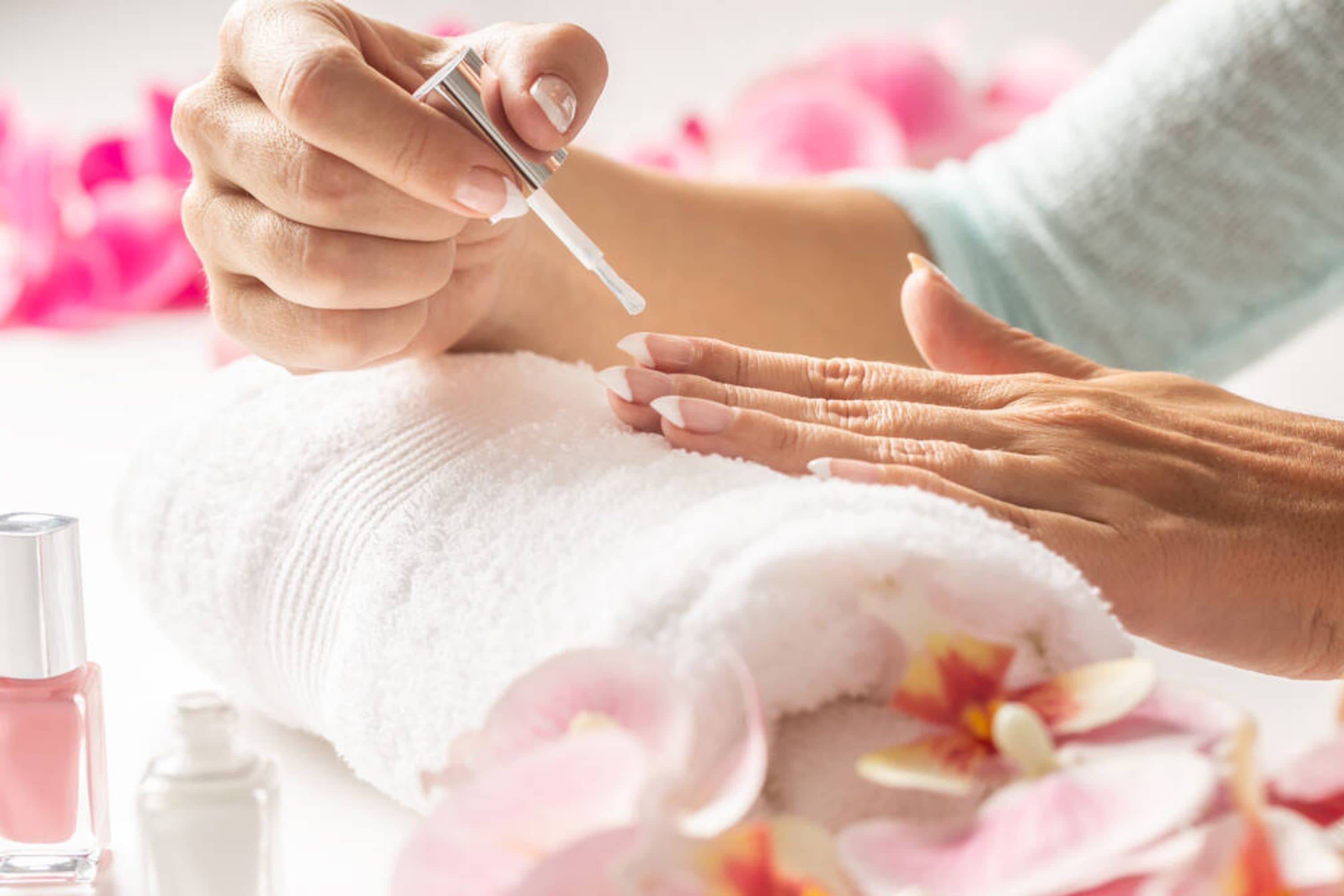
Lastly, know the products used and make sure it doesn’t pose an allergic risk to you.
Being mindful of the four nail hazards above will encourage you to be more careful and ensure that you keep yourself away from these possible threats.
[wp-faq-schema title=”Frequently Asked Questions”]

